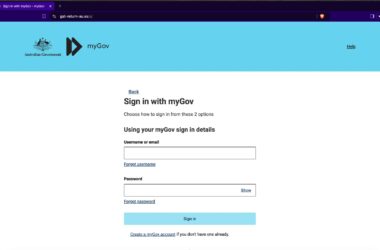Scams and spam are common enough in everyone’s inboxes, but they’re not the same. How can you tell the difference between a scam and just spam?
Talking about scams is one of the better ways to get people familiar with them, but they can also be confused for enough common occurrence, and one equally annoying: spam.
Similar words barring one letter, scams and spam are regulars in an email inbox and even on your phone, but they typically do different things. Scams can be spammed, but spam is often distinct from scams, and the two may not be quite the same thing.
“The best way of describing spam is digital junk mail,” said Alex Merton-McCann, Cyber Safety Ambassador for McAfee.
“Just like your letterbox at home is stuffed full of unsolicited advertisements (aka junk mail) for local plumbers and tree removal services, your digital inbox is also targeted with unsolicited mail,” she said.
“Spam could be from a genuine business or charity promoting their products or services or it could be the workings of a cyber-criminal, trying to lure you into their scam.”
Scams, however, are intentionally fraudulent forms of content designed to trick and deceive. They can arrive in the influx of spam messages, but they might just be singular messages arriving from seemingly nowhere, built to get you to hand over money or details.
“Scams, such as phishing emails, are fraudulent attempts at tricking consumers into handing over their personal and financial information,” said Tim Falinski, Managing Director for Trend Micro’s Consumer Division is the Asia Pacific region.
“Not only are they illegal, they also often look like the real deal, and can be difficult to spot without knowing what to look out for,” he said.
“While both are unwanted to recipients, the key difference between scam emails and spam is that one is usually developed with malicious intent.”
The intent to defraud is the very thing that makes a scam what it is. Whether it’s sending you to a website that looks like the real deal (phishing), a scammer calling once and expecting you to call back (wangiri), text messages coming in from a fake company to trick you into it being the real company (smishing), or any other form, scams can be as annoying as spam, but arrive with a more aggressive reason and intent.
Remember that while spammers want you to open an email and believe in what it says enough to click, scammers want the same but aim to convince you by trickery.
And yes, scams can arrive as spam, so you need to be aware of what’s being sent your way. However, reading messages and taking them with a grain of salt is part of how you do that, as well as being cautious, so keep doing that to do what you can to not be fooled.






